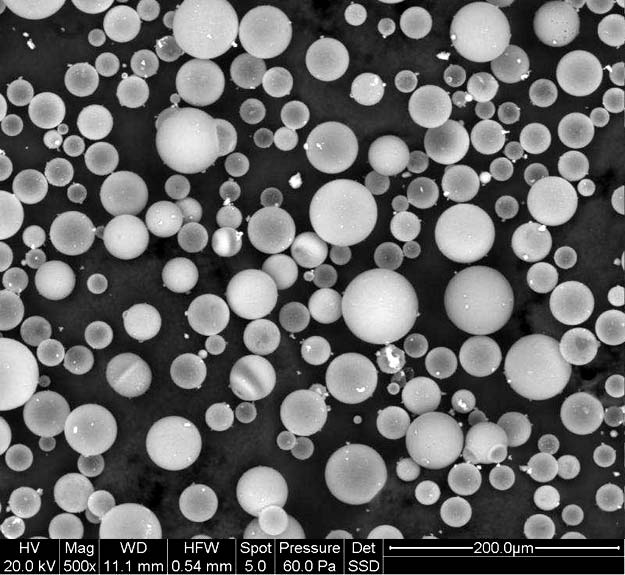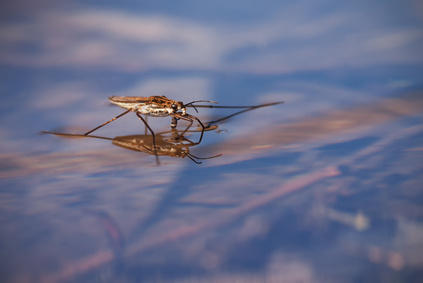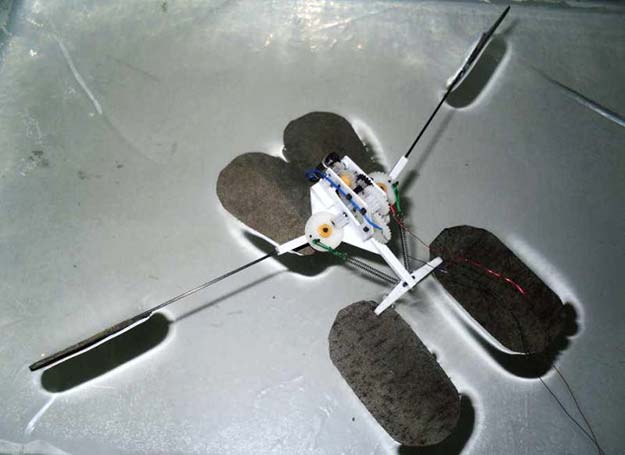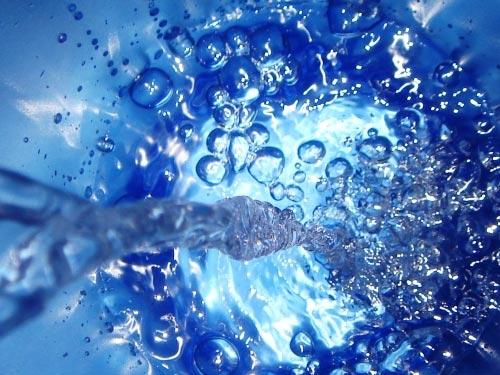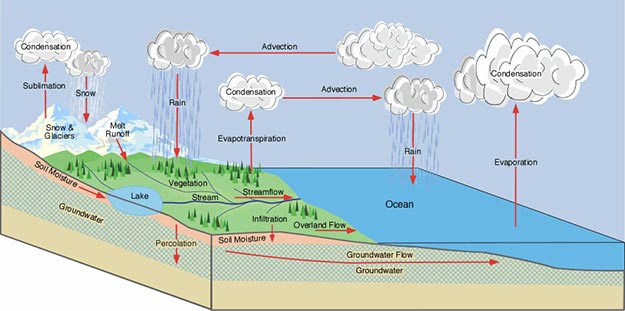Researchers at TECNALIA recently published a study in the science journal, Applied Catalysis B: Environmental, which reveals the emission of nanomaterials caused by water runoff on surfaces containing nanomaterials. These surface treatments are employed in numerous consumption and construction products, so evidences of the presence of engineered nanomaterials are beginning to appear in the environment. Concerns about their toxicity for human or the environment rose in the last years, so further studies are required.
The results indicate that all the surface treatments analyzed in this work suffered from a loss of nanomaterials and properties in the surface treatments.
That is why TECNALIA has created a highly specialized technological service which can be adapted to the needs of any company dedicated to surface treatment with nanomaterials who wish to optimize the development of their products, acquiring specific knowledge about the behavior of their products under real operational conditions and/or estimate the loss of functionality and emissions of nanomaterials to the environment. Read more

